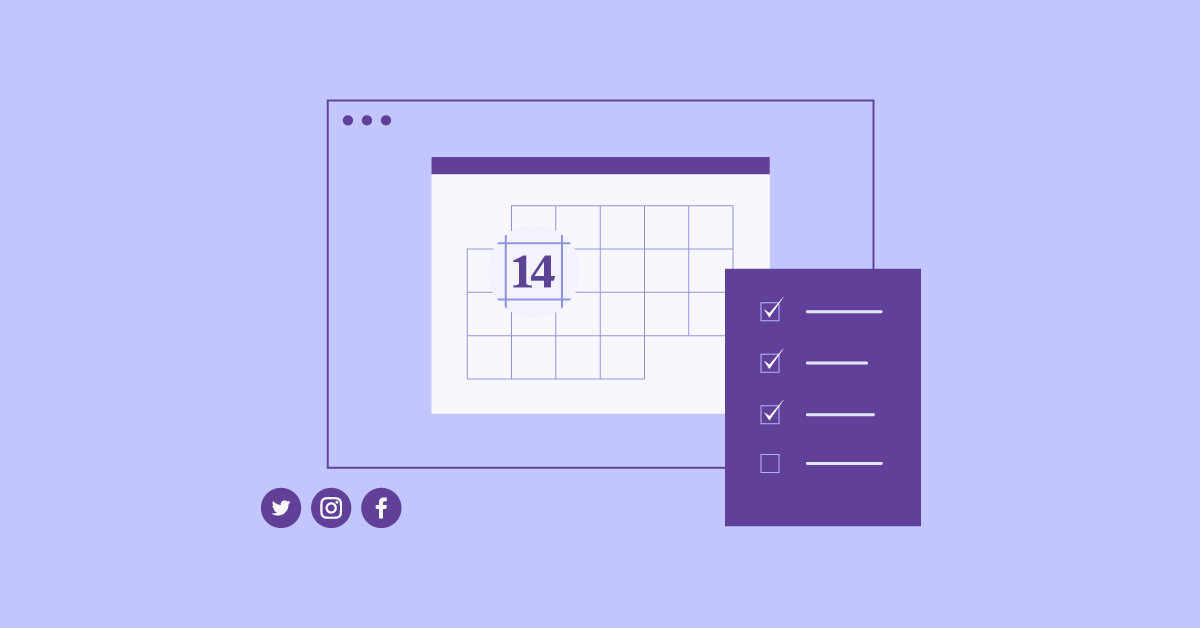
A website's homepage is one of its most important components. It is the first page that users see after they enter via a search engine. A homepage should contain a few of the most pertinent and interesting content items.
It is not only a landing page but should also display all content types. You can create a custom menu to direct visitors to the most relevant content pages. This is especially important for websites with multiple content types.
The home page is a good place to display a logo or business name. Other commonplace elements include a navigation bar or a drop down menu along the top. These elements help customers locate products and services.

CTA is one of the most important elements to include on a homepage. Even though the name of this piece software isn’t as fun as a cat, they do a great job convincing prospects that your site deserves their time. You can increase your conversion rates by including a button or popup that calls to action.
The best thing about Figma is how easy it takes to set-up. Figma accounts are free and you can quickly design your homepage.
A variety of content is important when you create your first website. This could be anything from a simple page for your homepage to a series or blog posts. Whatever you choose, the goal is to keep the visitor on your site as long as possible. It's a great way to do that.
Another way to stand out from the crowd is to use media-oriented content in your single homepage. One example is to show off photos of the most popular products or services. A video or animation can give your website a boost.

The design of your home page is the most important thing. The page should be easy to read and function well. White space can improve the readability of your page. In fact, you might want to experiment with your theme color scheme to make sure you're using the right colors for the correct sections of the page.
The best way to make a decent homepage is to take the time to plan your layout and content, and to be consistent with your posting schedule. It will help you save time later when it comes updating your website. This will ensure that your website attracts new visitors to it and keeps them coming back.
Although the home page is only a part of your website's success, it is crucial. Adding a video or a gallery of your most popular products can be a great way to capture the attention of visitors and keep them on your site.
FAQ
What is a responsive design web design?
Responsive Web Design, also known as RWD, is a way of designing websites so that content displays on all devices. This includes desktop computers, tablets (tablets), smartphones, etc. This allows users the ability to view a website simultaneously on different devices and still have access to other features like navigation menus, buttons, and so forth. RWD is intended to ensure that any user viewing a site views the exact version on their screen.
Consider, for instance, that you're building a website for an eCommerce company and your products are sold primarily online. It is important to ensure that your website can be accessed on any device, including a smartphone.
A responsive website will adjust its layout automatically based on what device is used to view it. So, viewing the site on your laptop will look like a standard desktop website. It will look different if you view the page from your phone.
This allows you to create one website that works on all devices.
What is the best platform for creating a website design?
WordPress is the best platform to design a website. It provides all the features you need to create a professional-looking site.
Themes are easy to install and customize. There are many themes to choose from online.
Plugins can be used to enhance functionality. These plugins enable you to add social media buttons and forms to your contact pages.
WordPress is very easy to use. You don’t need to know HTML code to edit your theme files. You just need to click on the icon and choose what you want to modify.
While there are many options for platforms, WordPress is my favourite. It has been around forever and is still widely used by millions.
How much does it take to build a website.
It depends on what your website is used for. Google Sites is a free service that may be available if you only want to publish information about yourself and your business.
You will likely need to spend more if you want to attract people to your site.
A Content Management System (like WordPress), is the most popular option. These programs can be used to build a website quickly and easily without having to know any programming. The sites are hosted by third-party businesses, so there is no risk of your site being hacked.
Squarespace is another service that can be used to build websites. You can choose from a range of plans, ranging in price from $5 to $100 per monthly depending on what you need.
How do I choose a domain name?
It is crucial to choose a great domain name. Without a great domain name, people will not know where to find you when they search for your product.
Domain names should be simple, short, easy-to-remember, relevant to your brand and unique. Ideal domain names are something people would type into their browser.
Here are some tips to help you choose the right domain name.
* Use keywords related to your niche.
* Do not use (-), hyphens in your numbers and symbols.
* Don't use.net or.org domains.
* Avoid using words that are already taken.
* Avoid using generic terms like "domain"/website.
* Check that it is available.
Should I hire a web designer or do it myself?
Don't pay for web design services if you want to save money. If you need high quality results, it may not be worthwhile to hire someone else to build your website.
You can build websites yourself without paying for professional designers.
If you're willing and able to invest the time and effort to create a stunning website, you can use free tools such as Dreamweaver or Photoshop to learn how to do it yourself.
You might also consider outsourcing your project to an experienced freelance web developer who charges by the hour instead of per-project.
WordPress is a CMS?
Yes. It is a Content Management System (CMS). CMS allows you control your website content using a web browser and not an application like Dreamweaver, Frontpage or Frontpage.
WordPress is absolutely free! Other than hosting, which you usually get from your ISP.
WordPress was initially intended to be used as a blog platform. Now, WordPress offers many different options: eCommerce sites, forums. Membership websites. Portfolios.
WordPress is easy to install and set up. The installation file must be downloaded from the website and uploaded to your server. Next, simply go to your domain name via your web browser and log into your new site.
After installing WordPress, it's necessary to register for a username. Once you have logged in, a dashboard will appear where you can view all of your settings.
This is where you can add pages or posts, images and links to them. If you are comfortable creating and editing content, you can skip this step.
If you prefer to work with a professional web designer, you can hire them to manage the entire process.
Does A Good Portfolio Make Me More Likely To Be Hired As A Web Developer?
Yes. You must have a portfolio to be considered for a job in web development or design. Portfolios must showcase your skills and experiences.
A portfolio usually consists of samples of your past projects. These could be any project that showcases your talents. Your portfolio should include everything: wireframes and mockups as well as logos, brochures, websites, apps, and even logos.
Statistics
- At this point, it's important to note that just because a web trend is current, it doesn't mean it's necessarily right for you.48% of people cite design as the most important factor of a website, (websitebuilderexpert.com)
- In fact, according to Color Matters, a signature color can boost brand recognition by 80%. There's a lot of psychology behind people's perception of color, so it's important to understand how it's used with your industry. (websitebuilderexpert.com)
- It enables you to sell your music directly on your website and keep 100% of the profits. (wix.com)
- Did you know videos can boost organic search traffic to your website by 157%? (wix.com)
- The average website user will read about 20% of the text on any given page, so it's crucial to entice them with an appropriate vibe. (websitebuilderexpert.com)
External Links
How To
What is Website Hosting?
Website hosting describes where visitors go when they visit a site. There are two types.
-
Shared hosting is the cheapest. Your website files will reside on a server belonging to someone else. Customers visiting your website send their queries over the Internet, to that server. The server owner then forwards the request to you.
-
Dedicated hosting – This is the most expensive option. Your website resides entirely on one server. Your traffic is private because no other websites have shared space on this server.
Shared hosting is cheaper than dedicated hosting for most businesses. Shared hosting allows you to have your website run by the company who owns the server.
Each option has its pros and cons. Here are the main differences between them:
Sharing Hosting Pros
-
Lower Cost
-
Easy To Set Up
-
Frequent updates
-
It is available on many Web Hosting Companies
You can get shared hosting for as low as $10 per monthly. This price often includes bandwidth. Bandwidth refers to the amount of data you can transfer across the Internet. So even if you only upload photos to your blog, you may still pay extra money for high amounts of data transferred through your account.
Once you start, you'll quickly realize why you were paying so much for your previous host. The majority of shared hosts offer limited customer support. Although their techs may help you with setting up your site, it's not a common practice.
It is important to find a provider that provides 24-hour support. They will attend to any issues you have while you sleep.
Dedicated Hosting Cons:
-
More Expensive
-
Less Common
-
Requires special skills
With dedicated hosting, you get everything you need to run your website. You won't have worry about whether your website is using enough bandwidth, or whether it has enough RAM (random-access memory).
This means you'll have to spend more upfront. Once you get started with your online business, you will find that you don't require much technical support. You'll soon be an expert at managing servers.
Which Is Better for My Business?
The answer depends on what kind of website you want to create. If you're selling products only, shared hosting might work best. It's very easy to setup and maintain. And since you're sharing a server with many other sites, you'll likely receive frequent updates.
However, dedicated hosting is the way to go if you want to build a community around your brand. You can put your efforts into building your brand, and not worry about how to handle your traffic.
If you're looking for a web host that offers both options, we recommend Bluehost.com. They offer unlimited monthly data transfers and 24/7 support. You can also register domain names for free.